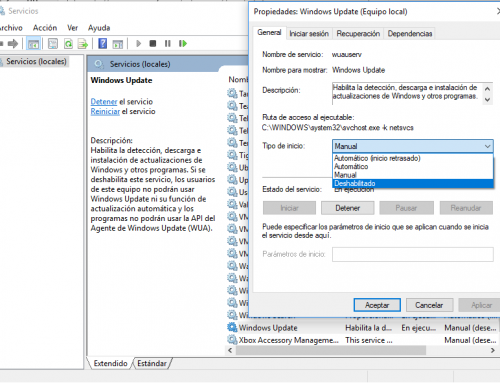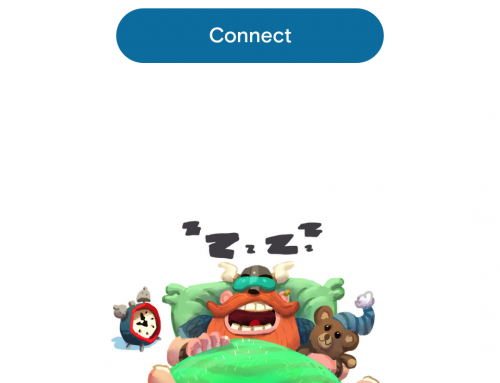The proxy is an intermediate server that allows queries to be made to the Internet, acting as a gateway or intermediate equipment.
What is a Proxy?
A proxy is an intermediate piece of equipment (server, appliance, software…) that processes HTTP requests, although it can also process other types of protocols such as FTP, HTTPS…
Below we show a diagram so you can better understand how it works:

As you can see in the diagram, the proxy is located between a client (PC , mobile, tablet…) and a server (normally a web server).
The computers that perform the proxy functions are usually Windows or Linux servers, appliance specific proxy and also firewalls.
How does a proxy work?
The proxy works as follows:
- The Client PC wants to go to the website example.com, using the proxy server (this server can be on the same local network or it can be an external server)
- Instead of sending the request directly to the example.com web server, it sends it to the proxy server.
- The proxy server makes the request to the web server example.com, so that it sends it all the content of the web page.
- The web server and the proxy server make several requests to exchange information, until the proxy server has the entire web.
- Finally the proxy server serves the entire example.com website to the client PC.
Main functions of a proxy
The main functions of a proxy are the following:
- Protects the client since all requests are processed by the proxy and hidden behind it.
- Performs caching functions to improve the loading speed of web pages.
- Reduce client-server requests directly.
- The page the client visits cannot know the client’s final IP.
- They can block scripts, cookies…
- They perform web filtering functions
- They allow you to browse anonymously and protected.
Proxy types
There are many types of proxies and each one performs certain functions. Below we list and briefly explain each of them:
Web Proxy
It is the proxy that processes the client’s requests when trying to access a website. This is what we have explained in the previous diagram.
Proxy Cache
It performs almost the same functions as the web proxy. It caches the pages that any client has already visited to serve them directly from the files it has saved. Avoid making requests for content that is already cached.
Transparent Proxy
They are proxies that do not have to be configured directly in the web browser. These are applied at the network level and nothing needs to be configured on the client. They are normally used by ISPs for website filtering, among other functionalities.
Reverse Proxy
It performs the function of a web proxy but in reverse. In this case the proxy receives all the requests from many clients and delivers them to a server. It is used to protect web servers from DDoS attacks, perform load balancing, among other functions.
NAT Proxy
It is a proxy at the lowest OSI layer level. It is basically used to mask, hide or change the source IPs for a single source IP before performing the




Leave A Comment